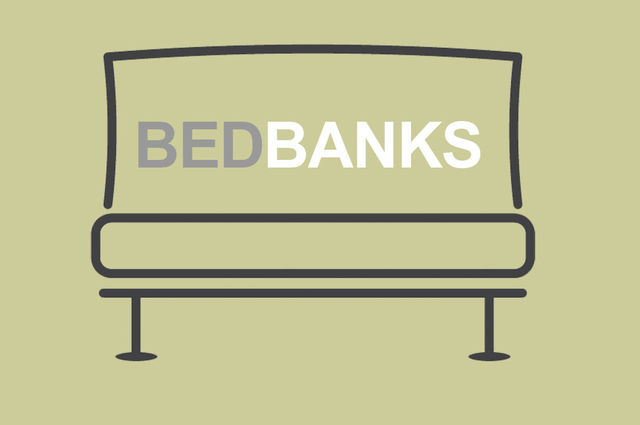What does the future hold for bed banks?
6 experts shared their view
Bed banks are specialized B2B platforms that contract supply from hotels and accommodations providers and make it available to travel sellers that aggregate travel demand from a variety of sources (smaller OTAs, traditional travel agents, airlines, or tour operators.)
Bed banks have been active players in hotel distribution for over 20 years now. They are not a new business model, but a simple online technology version of the traditional wholesalers of hotel accommodations that have existed for decades before that.
Some argue that the era of bed banks is getting to a close due to shrinkage of the brick-and-mortar distribution marketplace due to consumers shifting to online travel planning and booking (U.S. 30,000 travel agencies 20 years ago vs less than 7,500 today); unstoppable increase of branded vs independent hotels worldwide (major hotel chains do not like and have less need for bed banks). Add to that the increased market power of the OTAs, fueled by the ongoing pandemic and the adoption of online shopping and service consumption even by late adopters.
The question is: what does the future hold for the bed banks sector?
What are Bed Banks?
According to a HotelBeds whitepaper, "bedbanks are focused on assisting hoteliers develop under-served markets and those they do not contract with directly." At least, in theory, therefore, the bedbank model should compete neither with OTAs nor with direct booking initiatives, and it should (always in theory) produce incremental revenue for hotels. But does it?
Over the years, bedbanks started wrestling fiercely with OTAs and brand.com, principally on metasearch engines, undercutting rates online, mainly by taking advantage of their merchant model. This creates a downward spiral of rate leakage (causing, amongst other things, hotel de-ranking on OTAs), lost profits, higher marketing costs, and lack of transparency for the final user.
Many of my clients already stopped working (or drastically reduced their inventory) with bedbanks, and no major changes occurred, other than better control over their rates and inventory.
Of course, there's no black and white answer here, but I doubt bedbanks still have the power to produce that incremental revenue they used to, while they tend to cannibalize other B2C distribution channels with lower cost-per-acquisitions.


